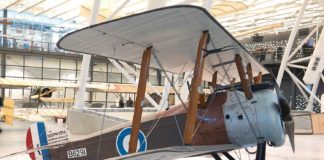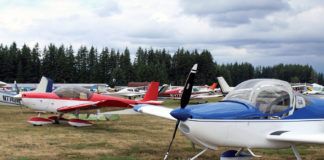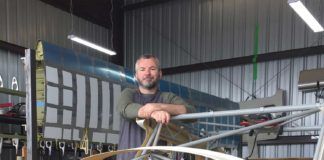Amphibians are always a favorite with pilots who want to expand their horizons—and their choice of landing zones. In the sport-aircraft range, the United States has the ICON A5, a stunning recent design; on the green aviation front, there’s Dale Kramer’s Lazair converted to electric power (see Alternative Energies, KITPLANES®, December 2011). Enthusiasm for Kramer’s ultralight has caused him to look seriously at kit and completed aircraft production (batteries not included).
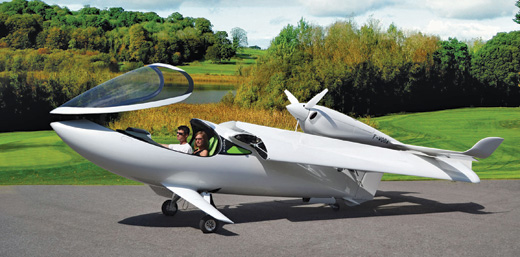
With its wings folded, AKOYA shows it can be stowed with ease.
Europe has two contenders in the Light Sport Aircraft category that promise both excellent performance and the economy of low power, along with the possibility of nearly unlimited exploration of land, lake, river and sea. I was privileged to correspond with representatives from LISA Airplanes and Equator Aircraft Norway, both with unique solutions to the desire for amphibious and environmentally friendly flight.
The French AKOYA from LISA Airplanes is an admittedly high-end pleasure craft, promoted as stowable on a client’s yacht as an aerial tender. Its fluid lines and flipper-like hydrofoils give it the appearance of the cartoon fish in an evolution chart becoming an air breather and pulling itself onto terra firma. But its performance and comfort set it apart, and future plans for solar electric and hydrogen fuel cells show an admirable level of ambition.
The Norwegian Equator P2, still in the design/build stage, will host an advanced hybrid power system, not yet ready to be unequivocally specified to the general public, but exciting in outline.

AKOYA taking off from water, showing the action of Seafoils.
Liquid Fuel Now with a Solar Chaser
Vanessa Troillard, U.S. marketing manager for LISA Airplanes, is enthusiastic about the AKOYA, the company’s first “fueled” aircraft, in its current and future states. The plan is to use this airframe to implement batteries, fuel cell, hydrogen, solar panels and an electric motor.
Troillard sees the AKOYA as a solid aerodynamic airplane that will offer good potential for an electric aircraft. She said the company is working with several partners to assess the best technologies to use (or the best combination of technologies). The current focus is the fueled AKOYA until the first customer delivery is made, which should occur before the end of the year. “We will then start the implementation of the different electric components to make a first prototype,” she said.
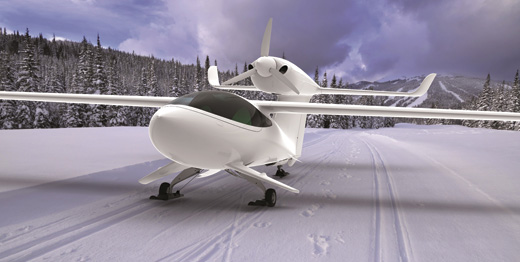
AKOYA on snow. Not many aircraft have retractable skis.
Troillard said that LISA is sensitive about environmental issues, and the company employs a sustainable mobility approach during research and development activities.
AKOYA’s design leads to an airplane that consumes less—only 6.5 liters per 100 kilometers (over 36 miles per gallon)—and will fly farther, Troillard said. The configuration of the engine on the tail also reduces noise pollution for the environment and for passengers.
Hy-Bird, LISA’s future alternative-energy vehicle, has a similar fuselage, with wings adapted to fit solar cells, the aircraft is meant to be propelled solely by “green” energy.
Working with Helion, a fuel-cell maker in Aix-en-Provence, LISA is developing a fuel cell suited to aeronautical constraints.
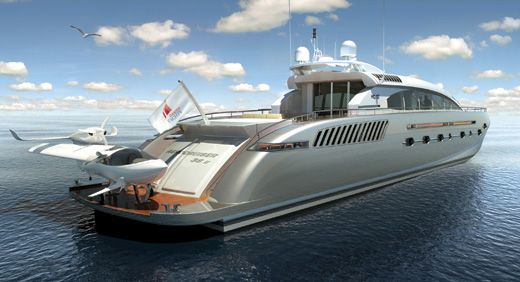
A light amphibian’s natural habitat, shown here on the stern of a Danish yacht.
Solar cells from Trina Solar, mounted on the airplane’s long wings and horizontal stabilizer, will recharge Hy-Bird’s batteries. Troillard says this will supply “sufficient energy to complete the fuel-cell power for takeoff and climb phases.”
Trina’s mono or multi-crystalline photovoltaic modules will help charge batteries that power Hy-Bird’s electric motor, offering quieter operation and greater effectiveness at high altitude, Troillard said. It will soon be able to use only renewable energies without greenhouse gas emissions, and will decrease the noise pollution normally engendered by aircraft using gas engines.
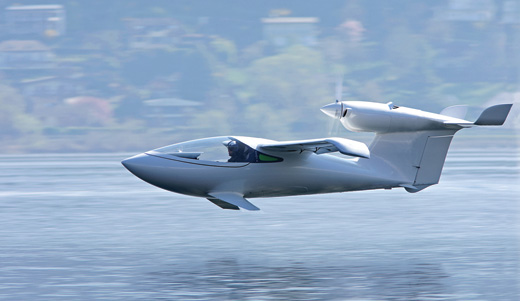
AKOYA in flight. Note the tail-mounted engine and propeller, and Seafoils.
With initial design begun in January 2006 by Erick Herzberger and Luc Bernole, the airplane took flight 18 months later, and AKOYA has been refined until reaching the production version seen today.
AKOYA can take off and touch down on water, land and snow. Its unique floatless and stepless fuselage is helped aloft from water by Seafoils, a patented pair of fins that lift the airplane and provide “comfort and stability” when landing or taking off. The company claims better tolerance in rough sea conditions.
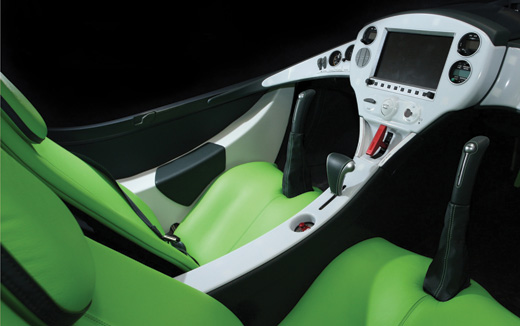
AKOYA’s spacious cockpit, simple arrangement and displays.
The aircraft’s electrically retractable conventional gear enables the land or snow capabilities. A specially designed gear actuator and surface selector provide the pilot with visual and audible clues. Skis are placed midway up the retractable landing gear and are tucked inside the fuselage during flight. Their position allows taxiing from snow to dry land with no change to the landing gear.
Lighter than it looks, the 35.8-foot span AKOYA has a maximum takeoff weight of 650 kilograms (1430 pounds). This permits a specified 1400-fpm climb rate and a top speed of 135 knots in CS-LSA certification, with a takeoff and landing distance of 655 feet and a stall speed of 45 mph. Its useful load of 530 pounds and 4-foot, 4-inch-wide cabin can accommodate pilots from just under 5 feet to those up to 6 and a half feet tall.
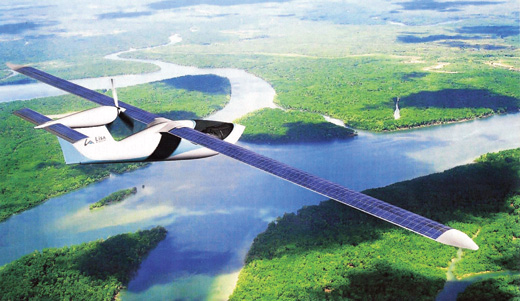
The futuristic Hy-Bird is a long-wing AKOYA that will have fuel cells, solar panels and an electric motor.
The excellent fuel economy grants a maximum range of 1000 kilometers (620 miles) at normal cruise, or with optional 26-gallon tanks, 1500 kilometers (932 miles) at an economy cruise of 133 mph.
AKOYA shows performance and aerodynamic refinement that make it competitive with more conventional LSAs, and promises that it will succeed in its even greener versions.
Equator: Innovation in Design and Doing
Norway’s Equator Aircraft light amphibian has been on the horizon for a few years, heralded by a well-designed web presentation, but seemingly only a design student’s dream until now. The airplane looks like a smaller version of the kitbuilt Seawind, and it has elements of Molt Taylor’s Coot amphibian such as the low-wing configuration that engages the wingroot as a flotation device, eliminating drag-producing wingtip pontoons.
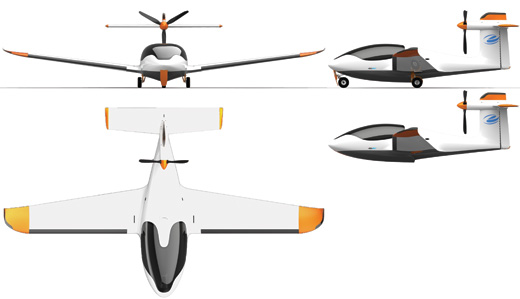
Equator P2 with gear up and down. The high-mounted prop on the vertical fin resembles a Seawind or the e-Genius, 2011 Green Flight Challenge competitor.
Now that it’s under construction, the Equator draws interest for its sleek appearance, roomy cabin, innovative powerplant systems and unique cooperative organization.
The Equator “company” is a mix of individuals and cooperative initiative, something rare in the United States, where most enterprises are self-funded or based on obtaining capital from confident backers.
Equator’s web site lists eight cooperatives, groups investing time, skills and encouragement in building the prototype. These include EAA Chapter 273 in Blaine, Minnesota, and sponsors such as a Norwegian CNC company, a hobby shop, at least two schools, a software firm, a composites manufacturer and an organization devoted to green transportation.
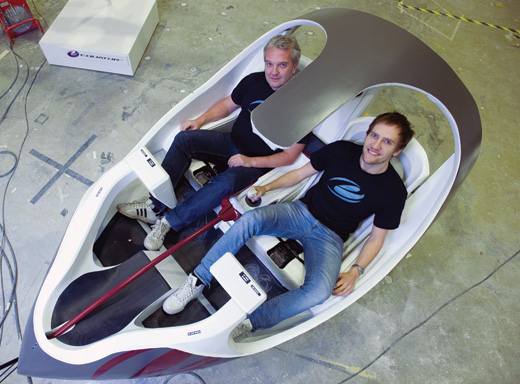
Tomas Brødreskift and Oeyvind Berven, Equator’s designers, show off elbowroom, instrument clusters and the absence of rudder pedals.
Tomas Brødreskift, one of the designers of the current Equator aircraft, explained how he has funded and staffed the project. “Our development system is highly different, but very much a good way to go in hard economic times in my opinion. It started as a one-man company, and has evolved to become a cooperative. Today 11 people, five of them EAA members, including cofounder Oeyvind Berven, are contributing with work and money, so the cooperative shares the rights to the prototype, basically making a plane together that is owned by the 11 members. Additionally, we have expert workers around the world, mostly young, highly motivated individuals, contributing to the project as an open-source opportunity to gain experience.”
These include Aleksey Matyushev, an aerodynamicist whose day job with Piper doesn’t prevent him from designing lifting and control surfaces for Equator. Ferran Mercadal from Spain works at Airbus in Germany and, with Matyushev, forms the aerodynamic design team “from which all reports on these issues are made,” Brødreskift said. “Vincent Meertens from Belgium is our hydrodynamicist, and is working on the hull design. Kirk Fjetland is also a U.S. representative working on engaging his EAA chapter in developing the P2 in the U.S.”
Brødreskift says others outside of the cooperative also contribute and are logging hours that may later be converted to stock in a production company when they get to that point.
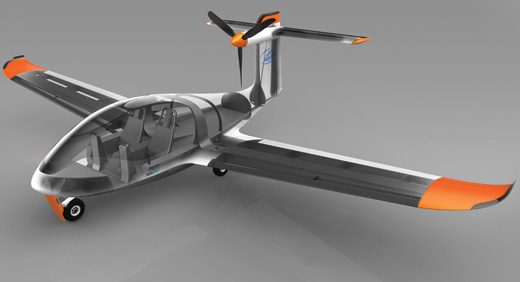
A light, strong structure holds Equator’s Hybrid Power Solution, a unique serial system that could be retrofitted to existing airframes.
All of this has helped keep costs down. Brødreskift noted that going Experimental allows for lower development costs, and avoids the certification expense of an aircraft like the ICON A5, a design he admires. Brødreskift is the only person working full time on the P2, with others contributing evenings and weekends. The prototype is coming together in three small garage spaces.
Maximum takeoff weight at present is 690 kilograms (1518 pounds), with a useful load of 200 kilograms (440 pounds). Brødreskift explained that the weight is a controversial question, because so many new elements are being designed. These include the float-wing system, spacious cockpit solution, fly-by-wire (FBW) rudder system and the biodiesel engine/generator system. He believes the prototype’s weight can be reduced by up to 70 kilograms (154 pounds) with later optimization and help from experienced structural engineers.
Total structural weight must be low, considering the projected inclusion of two electric motors, a diesel generator set and batteries, totaling little more than an equivalent-power internal-combustion engine. Hand layups and heat-shaped Airex cores are used in a “build and weigh” approach, but only after having been designed with help from Brødreskift’s father, Knut, an engineer who consults with outside experts.
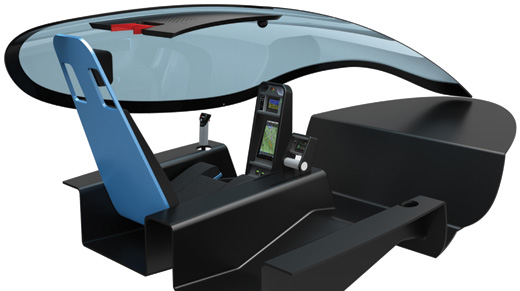
The panel and control stick arrangement leaves roomy and useful cabin space.
Equator Aircraft wants to create more pilots, and to Brødreskift, the airplane’s cockpit layout, reduced to the fundamentals, is key to providing a functional and non-imposing environment. Only the needed parameters should be presented to the pilot, with switches and gauges readily accessible, he said. “Less mess, less clutter.” The company is also looking at an angle-of-attack instrument as a primary avionics element, helping to ease people into a new design and understand flight without being overwhelmed. Brødreskift also extolled the quiet cabin and large canopy. “This will allow the person to be more conscious of the outside, and the plane will be a larger part of a human extension rather than a machine.”
Flight characteristics include a low stall speed of 60 kilometers per hour (43.4 mph), and what Brødreskift described as “kind but nimble handling.” The stick controls the rudder through twisting the handle around the vertical axis. Later, a computer may help the pilot do clean turns by automatically engaging the rudder. Full FBW could prevent people from stalling, and could land the aircraft automatically, he said.
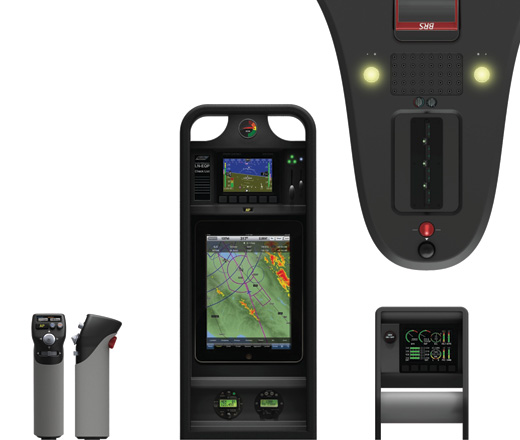
The center control stick rotates to control the rudder. Here, a simple EFIS panel, power monitoring and overhead console.
Brødreskift admits some of this might sound a bit sci-fi, but he believes the technology needed for more autonomous systems is already available and being incorporated. Inexpensive radar could help pilots approach a mirror-surface water landing in the correct way. “The basic sum of the total experience will help more people become pilots and start to view flight as a practical option to other means of transport,” he said.
His thoughts reflect another reality, that airplanes must be useful for and enhance people’s lifestyles and needs. For example, he pointed out the space in the fuselage, which is like a station wagon that can accommodate skis, fishing rods and bicycles. If you remove one seat, it can carry objects as long as 14.4 feet, and if you put the seats down flat, you could sleep in the cabin. “Like the Synergy people are preaching, we need more practical aircraft,” he said.
Kit prices must be affordable for ordinary people, Brødreskift said. A base price of about $60,000 will include everything except the engine, undercarriage and avionics. He omits the engine to enable Experimenters to keep it simple, or to allow an owner to take it as far as the prototype’s far-reaching approach allows. Giving buyers the choice of landing gear offers them the option of building a pure flying boat if desired. Likewise, the avionics package will be up to the buyer.
“What is important is that we wish to engage and challenge every builder to design better solutions themselves,” Brødreskift said. “When I go to Oshkosh, I always see thousands of kit aircraft with different solutions. This inspires me. I want every builder to be a part of the future Equator cooperative, and in this way have a much closer relationship with each project to learn from the experience. It is a natural extension of the way we work.”
Pre-sales will not be opened until flight testing and modifications have been completed, Brødreskift said. “There are simply too many new systems that must be tested and checked before we go to this step.”
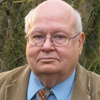
![]()
Dean Sigler has been a technical writer for 30 years, with a liberal arts background and a Master’s degree in education. He writes the CAFE Foundation blog and has spoken at the last two Electric Aircraft Symposia and at two Experimental Soaring Association workshops. Part of the Perlan Project, he is a private pilot, and hopes to get a sailplane rating soon.

